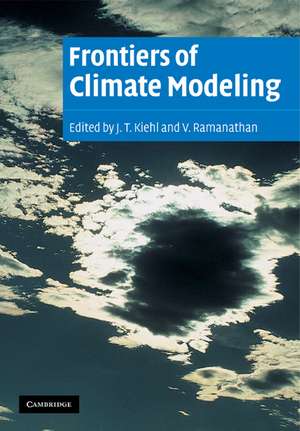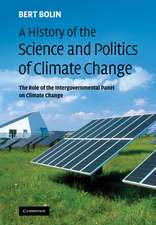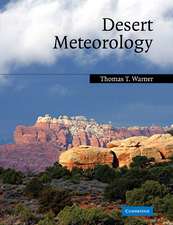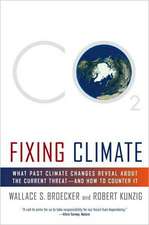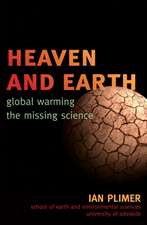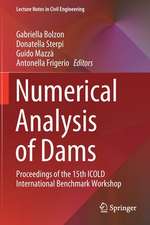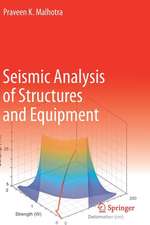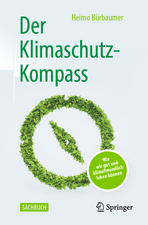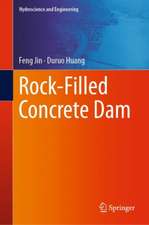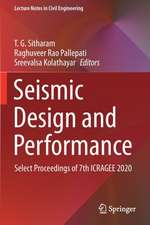Frontiers of Climate Modeling
Editat de J. T. Kiehl, V. Ramanathanen Limba Engleză Paperback – 29 iun 2011
Preț: 432.00 lei
Nou
Puncte Express: 648
Preț estimativ în valută:
82.67€ • 85.82$ • 68.94£
82.67€ • 85.82$ • 68.94£
Carte tipărită la comandă
Livrare economică 24 martie-07 aprilie
Preluare comenzi: 021 569.72.76
Specificații
ISBN-13: 9780521298681
ISBN-10: 0521298687
Pagini: 378
Dimensiuni: 170 x 244 x 20 mm
Greutate: 0.6 kg
Editura: Cambridge University Press
Colecția Cambridge University Press
Locul publicării:New York, United States
ISBN-10: 0521298687
Pagini: 378
Dimensiuni: 170 x 244 x 20 mm
Greutate: 0.6 kg
Editura: Cambridge University Press
Colecția Cambridge University Press
Locul publicării:New York, United States
Cuprins
Preface; 1. Overview of climate modeling J. T. Kiehl; 2. Climate change modeling: a brief history of the theory and recent 21st century ensemble simulations W. M. Washington, A. Dai and G. A. Meehl; 3. Energy balance climate models G. R. North and M. J. Stevens; 4. Intrinsic climate variability: modes and mechanisms of oceanic and atmospheric fluid dynamics J.C. McWilliams; 5. The radiative forcing due to clouds and water vapor V. Ramanathan and A. Inamdar; 6. A model study of the effect of Pinatubo volcanic aerosols on stratospheric temperatures V. Ramaswmay, S. Ramachandran, G. Stenchikov and A. Robock; 7. Unresolved issues in atmospheric solar absorption W. D. Collins; 8. Cloud feedbacks D. A. Randall, M. E. Schlesinger, V. Galin, V. Meleshko, J.-J. Morcette and R. Wetherald; 9. Water vapor feedback D. Rind; 10. Water vapor observations B. J. Soden; 11. New frontiers in remote sensing of aerosols and their radiative forcing of climate Y. J. Kaufman, L. A. Remer and D. Tanré; 12. Cloud-climate feedback: lessons learned from two El Niño events M. Zhang; 13. Runaway greenhouses and runaway glaciations: how stable is Earth's climate? J. F. Kasting.
Descriere
A 2006 reference on climate modeling and understanding the climate system for researchers and advanced students.
